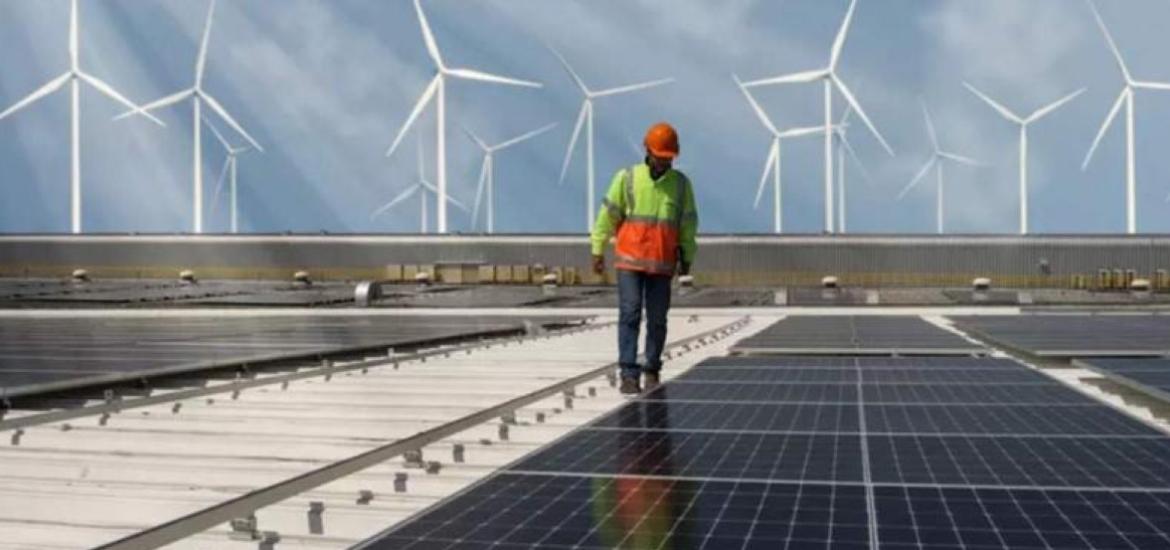Why 2023 could be India's year to build a strong foundation for Energy Security

Why 2023 could be India's year to build a strong foundation for Energy Security
2022 was a mixed year for renewables, especially in the Commercial & Industrial segment. Solar was responsible for the largest capacity addition in renewable energy this year, but as per Central Electricity data, both solar and wind capacity additions, will fall short of the 2022 targets. This shortfall is not surprising given the current flux in the market, especially solar. In April, the Indian Government imposed a 40% customs duty on solar modules and a 25% duty on solar cells with a focus on promoting domestic manufacturing. The move has resulted in a slowdown in the short run but will help create a more sustainable industry in the long run, which will be less dependent on imports. In 2023, we will see further scaling-up of domestic module manufacturing capacity to keep pace with the domestic and international markets.
Building a strong solar manufacturing base and supply chain in India will help India further its energy security goals, and will go a long way to meet rising domestic and global demand for affordable solar energy. However, focusing on manufacturing is a just another step towards energy security. There is an enormous amount of research going on globally in RE technology, and solar technology does change rapidly on a multi-year time scale. What is relevant today may become obsolete in the next decade. To achieve a sustainable advantage and protect investments in manufacturing capacity, India needs a national policy to boost home-grown solar technology research and development. The government can also incentivize manufacturers to invest a set percentage of their sales for in-house R&D to help them keep pace and eventually lead the future technological advancements in the sector. Private players would need to invest heavily into building in-house research and development capability, create technology roadmaps with goals and deadlines on a war footing, and work with Indian academia on specific future oriented projects involving early stage or open ended research.
With developers hungry for market share outbidding each other in the L1 bidding system for solar project, the tariffs in the utility scale had also gone down to unsustainable levels. The rates have since started going up but the jury is still out on whether the current bidding system will be continued or not in 2023. The Government also came up with new rules to promote the open access market. This is good news for companies like us, which operate in the Commercial & Industrial segment as it will spur more demand for renewable energy in this segment which consumes ~50% of India's overall electricity demand now, a proportion likely to go up in coming years. We see the open access market start to take more centre-stage in the next few years.
Read full story at Energyworld
-u5kjnp.png)
